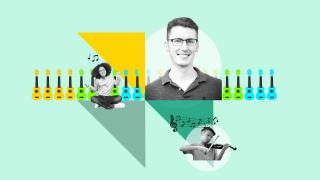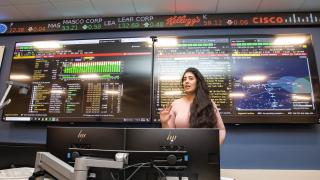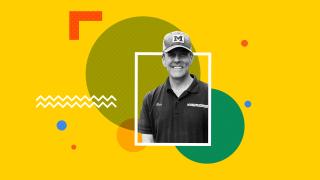
The concept of “digital nativism” has an intuitive appeal that’s hard to deny. Unlike previous generations, today’s young people have lived their entire lives in a world shaped by the internet and digital technologies, and because of this inescapable immersion, they’re naturally great at using all forms of technology. Or so the theory goes. But in recent years, educators and researchers have called into question whether generation is really the most relevant indicator of technological literacy.
UM-Dearborn instructional designer Autumm Caines says one obvious problem with this idea is technology is hardly a monolith. “Just because a young person is skilled at using social media doesn’t mean they intuitively know how to use an academic research database or a learning management system like Canvas,” she says. Further, it ignores well established research on the digital divide and more recent data on “digital redlining.” The latter refers to the systematic underdevelopment of essential technological infrastructure, most notably broadband internet, in lower income communities. (Caines has helped author an excellent Wikipedia article on this topic, by the way.) “So you can’t assume that just because someone was born after 2000 they’ve had a lot of exposure to technology,” Caines says.
Within Census Tract 5735, which includes part of Dearborn, 18.6% of homes do not have a computer at home and 39.3% of people under 18 live in poverty. Take a deep dive into the digital divide in Southeast Michigan with this interactive map from U-M’s Poverty Solutions.
Nonetheless, this “myth of the digital native” has been hard to shake, and its persistence is consequential. Jessica Riviere, who’s also an instructional designer, says assuming students are fluent with all forms of technology can have various impacts on their learning experiences. She says it often goes unnoticed just how much time students invest in learning new digital tools required for assignments, which leaves less time for focusing on course content. In addition, there’s often unevenness in who is spending time conquering these technological learning curves, with students who grew up on the wrong side of the digital divide playing the most catch-up.
So if age isn’t the biggest factor in technological fluency, what is? “Big surprise — it’s basically exposure,” says Caines. “If you have lots of opportunities to practice particular technologies, you will build fluencies in those areas. So breaking down this myth of the digital native basically comes down to implementing this idea of ‘practice’ in ways that serve our students.”
For example, if faculty are going to be using a specific software tool in a course, Caines says it’s worth spending time upfront, as a group, learning that new tool. This helps students get the hang of software before they actually have to use it for assignments and allows students who have more experience to help those with less. The result is that everyone starts on a more even footing, regardless of their fluencies coming in. “Think about how empowering it is if a professor takes the time to teach everyone the new tool, versus having to raise your hand and be the only one who says, ‘Hey, I don’t actually know what you’re talking about,’” Caines says.







